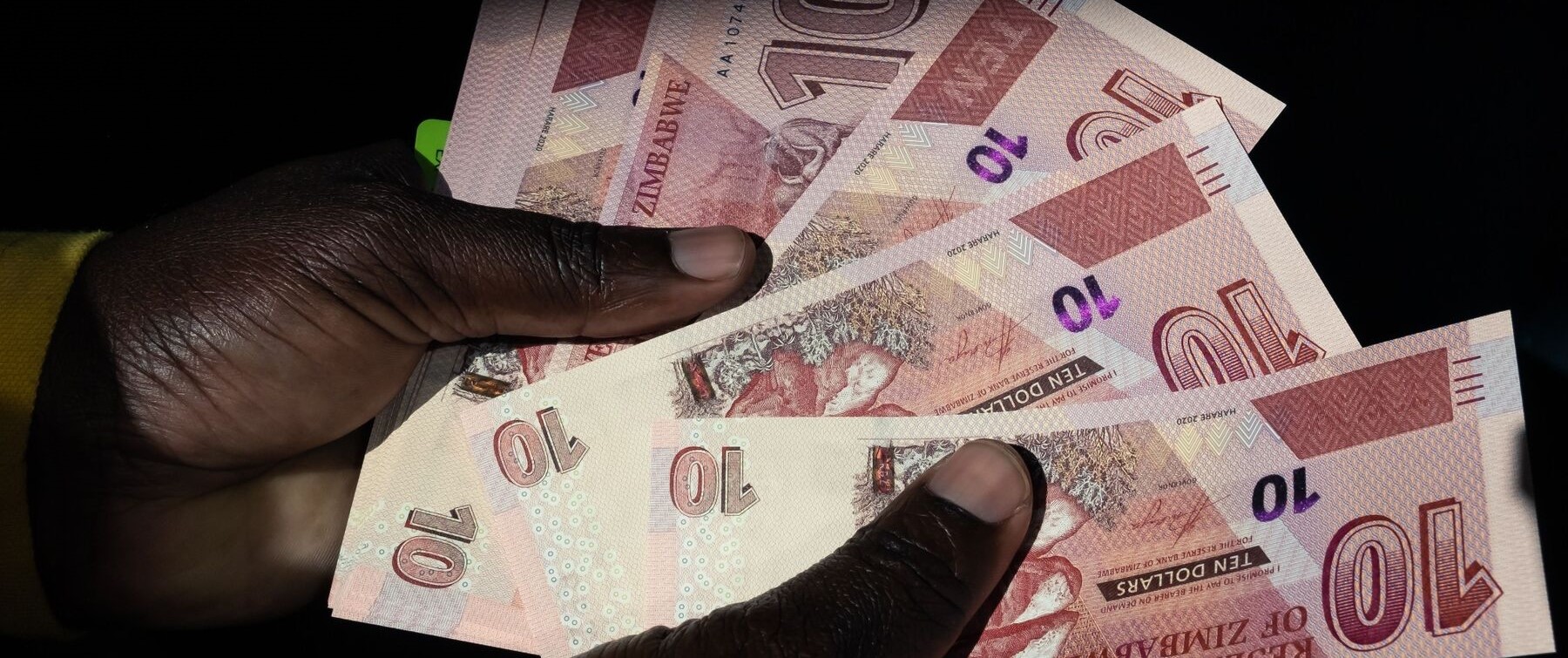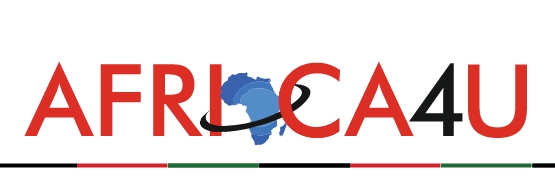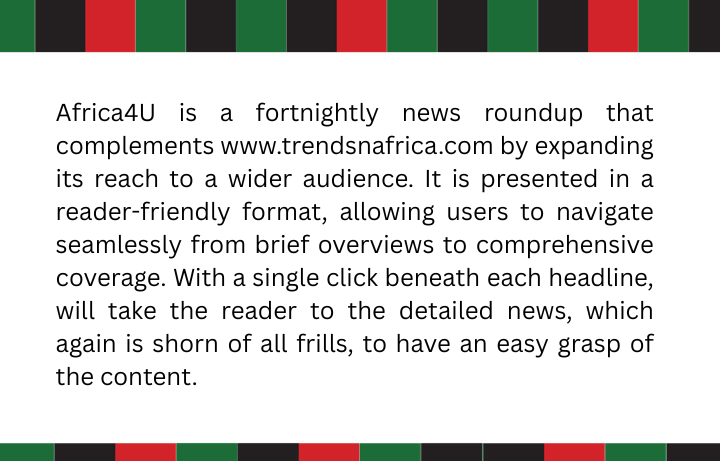(3 Minutes Read)
The Zimbabwean dollar is on a free fall and it has undergone a significant devaluation against the US dollar in official trading, witnessing a 21% drop in value within a single week. This depreciation has bridged the gap between the official exchange rate and the rate prevalent in the parallel market, which is often perceived as a more realistic reflection of the local currency’s value.
The Zimbabwean dollar is on a free fall and it has undergone a significant devaluation against the US dollar in official trading, witnessing a 21% drop in value within a single week. This depreciation has bridged the gap between the official exchange rate and the rate prevalent in the parallel market, which is often perceived as a more realistic reflection of the local currency’s value. The official rate has plummeted from Z$ 6,467 to Z$ 8,240 per US dollar, a stark depreciation that positions the Zimbabwe dollar as the worst-performing currency globally for this particular week. The weakening of the local dollar underscores the persistent economic challenges within Zimbabwe, where currency instability has been a long-standing issue.
The parallel market, where currencies are traded unofficially, often provides a more accurate valuation of the local currency compared to the rate fixed by the central bank. The latter can often be skewed by various economic policies and controls, thus not truly reflecting the currency’s worth.
Read Also:
https://trendsnafrica.com/zimbabwe-experiments-with-digital-currency-backed-by-gold-reserves/
https://trendsnafrica.com/zimbabwean-new-currency-to-boost-economic-growth/
https://trendsnafrica.com/dollarization-of-zimbabwean-economy-a-catch-22-situation/
This depreciation is a chapter in Zimbabwe’s broader financial narrative that is marred by high inflation rates and economic volatility. These factors continue to affect the daily lives of its citizens and pose a significant threat to the country’s overall economic stability. Despite the government’s interventions to stabilize the exchange rate, the volatility continues to fuel inflation, with consumer prices soaring by 26.5% in December compared to the previous year.





